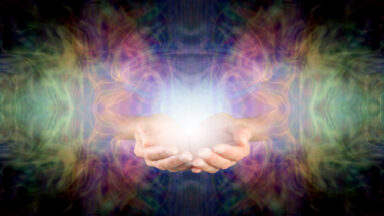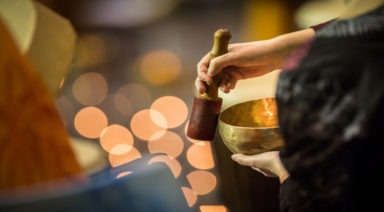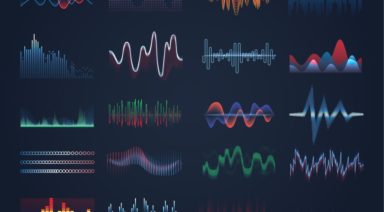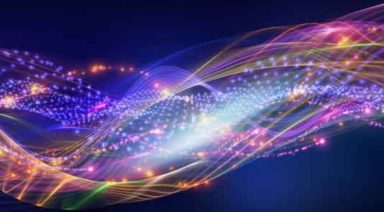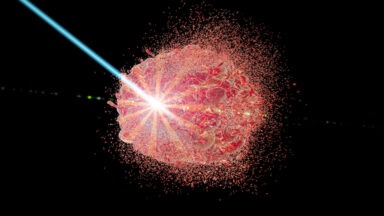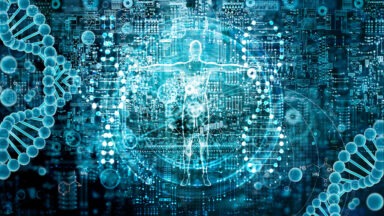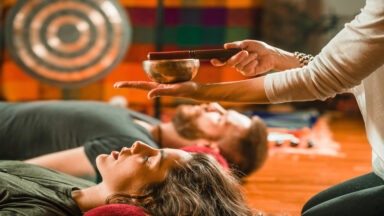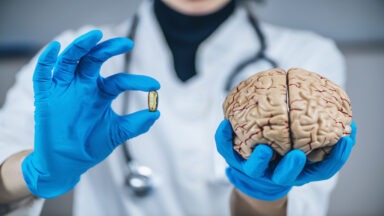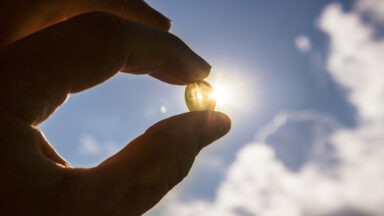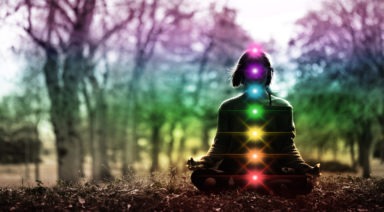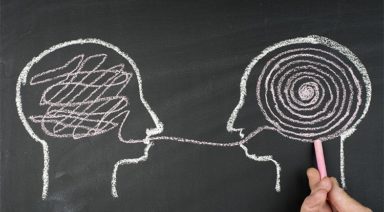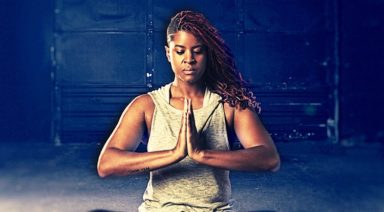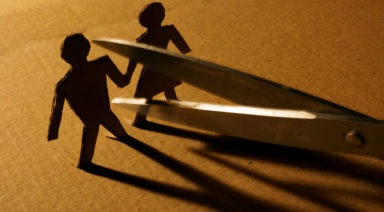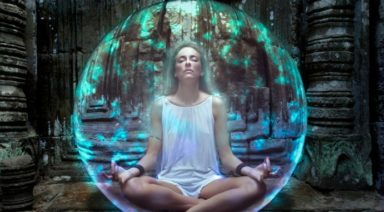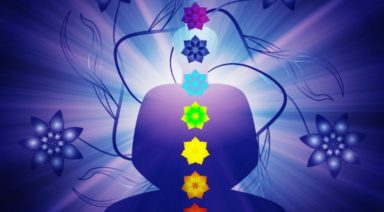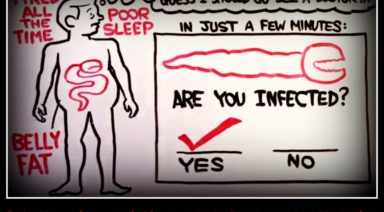10 Benefits to Learning Reiki: A Life-Changing Healing Practice
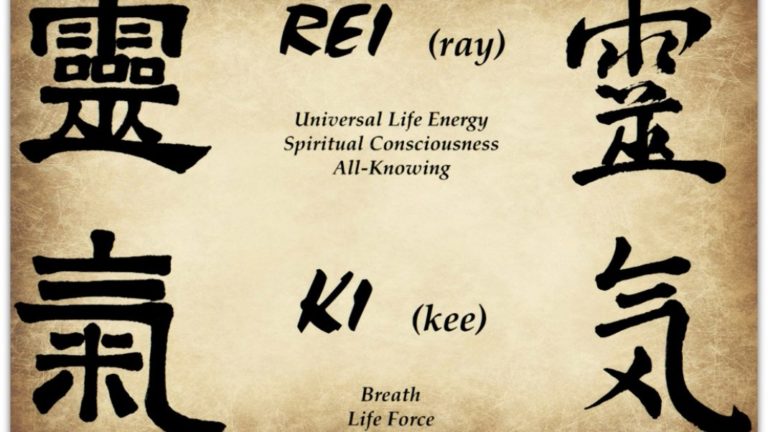
The Reiki system of healing uses universal life force energy as a healing modality. By transferring and manipulating the flow of one’s inherent energy to the body of another, this energy can be used to heal, either directly, or by putting the subject receiving the work into a state of deep relaxation and safety, that their body is able to heal itself. The healing touch of a high Reiki level practitioner is said to exude warmth, comfort, and even a tingling sensation within the body.
What is Reiki?
Reiki originated in Japan, although one of the two branches is called Western Reiki and is commonly practiced in the US. Reiki is a Japanese word translating to “miraculous sign,” or “mysterious atmosphere” coming from the root words “rei” meaning soul and “ki” meaning vital energy.
The biggest difference between Western Reiki and Japanese or Eastern Reiki is that the latter is more of a committed spiritual practice. Japanese Reiki also involves the use of meditations and an intensive study of the universal life force energy used for healing. Meditating on, and understanding the energy in and of itself is a major facet of the Eastern practice.
Both forms include the same basic features:
- Energy healing – no harm can be done with the universal life energy employed through Reiki.
- Intelligent energy – the energy is intuitive and knows where to go and what to do to help you. In fact, Japanese Reiki offers hand gestures and placements as a framework but encourages practitioners to move away from them eventually to allow for more intuitive movements based on how the energy wants to flow.
- Energy medicine – no other tools are needed besides the Reiki practitioner, who channels healing energy through their hands.
- Distant healing – practitioners place their hands softly on their body or just above their own body. They then visualize symbols, as well as the person they want to send healing energy to.
Reiki is also easy to learn, teachable in three reiki classes, and the knowledge of how to channel Reiki lasts a lifetime.
Benefits of Reiki Training
1. Attunement Process with the Universe
Reiki connects you to universal energy, thereby allowing you access to healing for yourself whenever you might need it. Plus, being plugged into the Universe means you can balance your body, mind, and spirit by spending some time each day devoted to self-healing.
2. Connection to Your Spirituality
Reiki brings you closer to your Higher Self, which is an essential part of anyone’s spirituality. The perks of being more in tune with your High Self include being more intuitive, helping you make better decisions and giving an overall feeling of wholeness as if a missing piece of your life’s puzzle has fallen into place.
3. Deep Relaxation
Happier people live longer. It’s a fact. Lowering the stress in your life is essential to keeping illnesses and ailments at bay from your body. Reiki is an excellent tool for keeping your heart and mind calm and connected to an inner peace that will be an asset in troubled times. You will gain a sense of real self-purpose and inner clarity that may have eluded you previously.
4. Health Benefits of the Body
We put natural wear and tear on our bodies on a daily basis, whether through exercise or simply walking around the office. Between that and the toxins in our environment, our bodies are in desperate need of healing. Self-healing on a physical level helps prevent sickness, whether it’s one you’ve already had or one that you may have, and aids our injuries in healing fully. There is a plethora of ailments that Reiki helps soothe, from mild back pain to even cancer, according to Reiki experts.
5. Direction for Your Life
Once again, you are more plugged into the Universe through the practice of Reiki. Therefore, you will be much closer to finding your true purpose and calling through learning Reiki, as you become reconnected with the Divine in your life. Let your mind be opened up through practicing Reiki, thus freeing up yourself and your spirit.
6. Giving Back
Ever felt like helping people, but you were totally unsure of how to go about this? Reiki extends to more than yourself in its healing. This is a gift that many would count as invaluable in their lives. Imagine helping people be free of injuries that have plagued them for years, or giving them a sense of inner peace! Giving back like this is truly its own reward.
7. Perspective
Reiki has the potential to turn your whole life around for the better if you self-Reiki every day and listen to your intuition. Life becomes a whole lot more clear, and you begin to understand what’s actually important in your life, and what is excess and unnecessary. Even things in your life like your relationships come into focus. Who is actually your friend? Who is just there for an easy ride? You’ll find out quickly when you start trying something “weird” like Reiki!
8. Emotional Healing
We all carry some kind of emotional trauma in our lives. No one’s life has been perfect. While we all accept that, we don’t all realize that we also carry the energy from these negative experiences. This trauma may be affecting us entirely, in our bodies, our hearts, and our spiritualities. Reiki can free us by helping us release the energy attached to the hardships of our past. Once this has been achieved, you are finally free to be yourself.
9. Self-Development
Reiki can change the way you deal with life and people in a way that is much healthier for you. It might not happen in a conscious manner, but it’ll quickly become apparent that when someone tries to take advantage of you. For example, you will push back, defend yourself, and demand more respect. Reiki helps you love yourself so that you can learn to love others and ask others to love you, as well.
10. “The Art of Inviting Happiness”
The founder of Reiki, Dr. Mikao Usui, described Reiki as the “art of inviting happiness.” Doesn’t that sound like something everyone could use in their lives? Often, people don’t know what happiness actually is, and seek material gains or the next promotion. But having a really, truly happy life goes far beyond that. Happiness comes from a profound understanding of the Universe and knowing your place there, which is exactly what Reiki sets out to do.
Is it Hard to Learn Reiki?
Just like anything new, learning a new modality or method of healing takes time and effort to study and learn the ins and outs of the philosophy. Luckily with Reiki, there are no special abilities needed as a prerequisite to learning the practice, the ability to use your energy for healing is latent in us all.
In general, it is relatively easy to learn the basics of Reiki, though continuing on a more involved path can require more effort and commitment, especially if one wants to learn traditional Japanese Reiki.
How Do You Learn Reiki Healing?
One way to learn Reiki healing is to go through the series of courses offered through the reiki.org website. But you can also learn Reiki through a qualified Reiki teacher or Reiki master who is certified in the practice.
This 5-Step Method Allows You to Channel Healing Energy
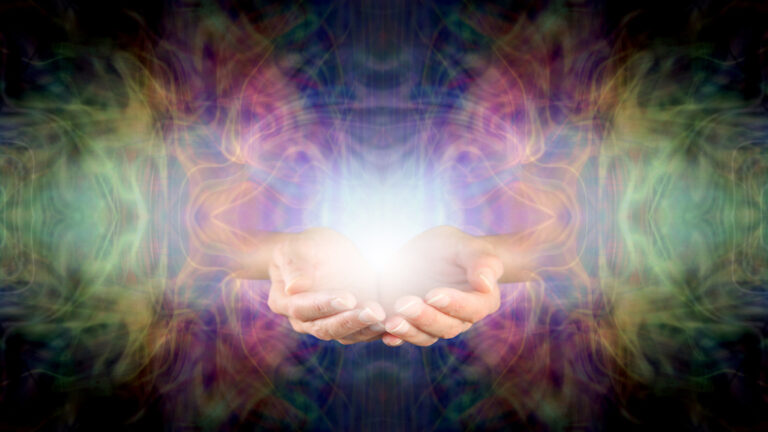
There are many named healing modalities, and by all means, use any that works for you. However, healing in its purest form has no name. Healing is a process of clarity, connection, and commitment.
Let’s unpack the 5 steps for channeling organic healing.


